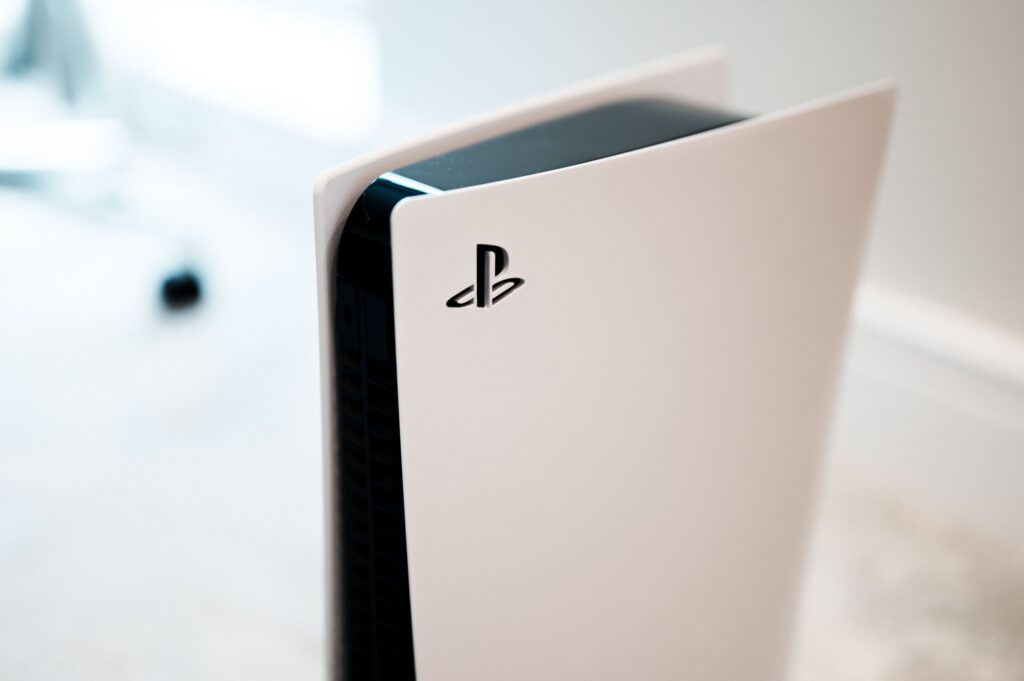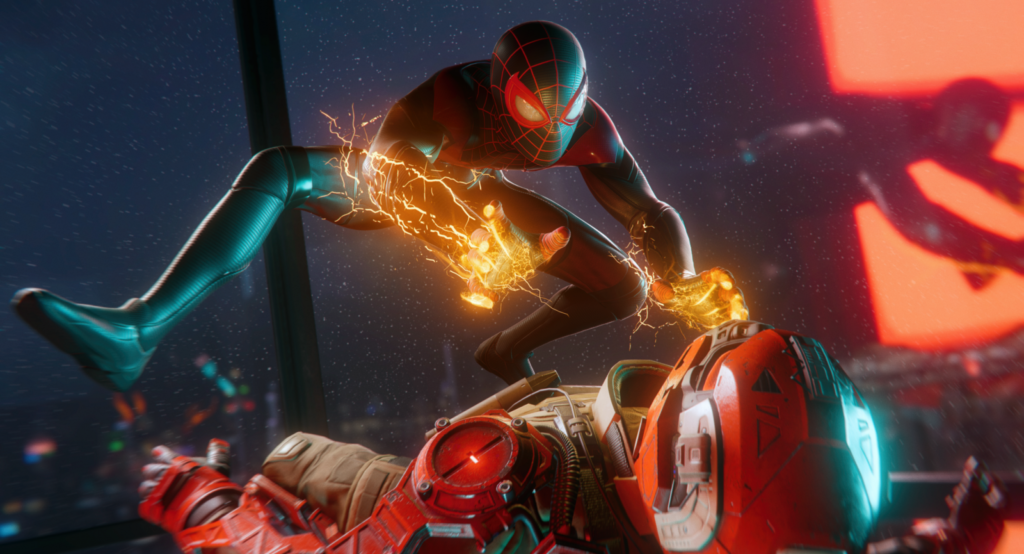
By Daniel Lonic
The level of excitement surrounding the PlayStation 5 was clear when pre-orders sold out in minutes and equally, if not quicker, on the day of launch. I had one question that needed answering most – does the PS5 provide the experience of next-generation gaming?
“Everything is sold. Absolutely everything is sold…” said Jim Ryan, CEO of Sony Interactive Entertainment, in an interview with Engadget.
“I’ve spent much of the last year trying to be sure that we can generate enough demand for the product. And now in terms of my executive bandwidth, I’m spending a lot more time on trying to increase supply to meet that demand.”
Before its release, many fans criticized the look of the new console. Unable to contain my curiosity after finally having it in my hands, I opened the box on the way home, and my opinion altered upon closer inspection. Sony managed to assemble a console that isn’t pompous while remaining bold and distinct.
It took me quite a while to realize that the inner-rim of the console and the grip of the controllers are made up of minuscule Xs, Os, squares and triangles. This and the faint illumination running along both sides of the system make it the fanciest gaming console I’ve ever owned – and easily the biggest.

Standing upright at a monolithic 15.4 Inches tall, be prepared to clear out anything that currently resides under your TV to make room. The plastic stand included appears cheap to me but is a minor nitpick considering it’s not visible when the console is docked horizontally. Its purpose is to prevent your system from wobbling or falling and it accomplishes that at the very least.
What sold me on the PS5 were the new controllers. Instantly feeling different in your hands by weight alone and the updated glass-like buttons both result in a far sleeker and sturdier feel. That’s just the tip of the iceberg: the real cream of the crop is the added haptic feedback and adaptive triggers.
These features encapsulate gamers within a newfound layer of immersion in creative ways. No words can illustrate how a mixture of vibrations and sound makes it possible to feel the different ground textures your character walks on in-game. Whether it’s the graininess of sand, the crunch of snow, or the sensation of rainfall projected with sparse vibrations throughout the controller, I was blown away and found it impossible to stop myself from grinning.
Gone are the days of washroom breaks during loading screens thanks to the lightning-fast SSD which makes all load wait times drastically faster. Delays are virtually non-existent: I’m still shocked by it every time. In terms of the newly integrated ray-tracing and graphics improvement, you would need at least a 4K/120hz monitor to truly experience them.

Ray-tracing causes all in-game sources of light to act as they would in real life – the way sunlight accurately leaks through trees and bounces off water and windows caused me to veer off missions on scenic routes more than I’m willing to admit. Gaming console graphics remain trumped by those of PC’s with dedicated graphics cards, but this is a visibly large leap in the right direction.
Two of the notorious issues with the PS4 were storage space and the blaring jet-like screech released when the system was overstrained. While your ears are put at ease from overheating with the PS5, game space will still leave most needing external storage – especially with the many upcoming sizeable next-gen games.
While Microsoft only slightly altered their new controllers, Sony threw people deeper into the world of immersion with theirs. This assured me that I was in the future of gaming and left me interested to see how these features will be creatively integrated into later games.